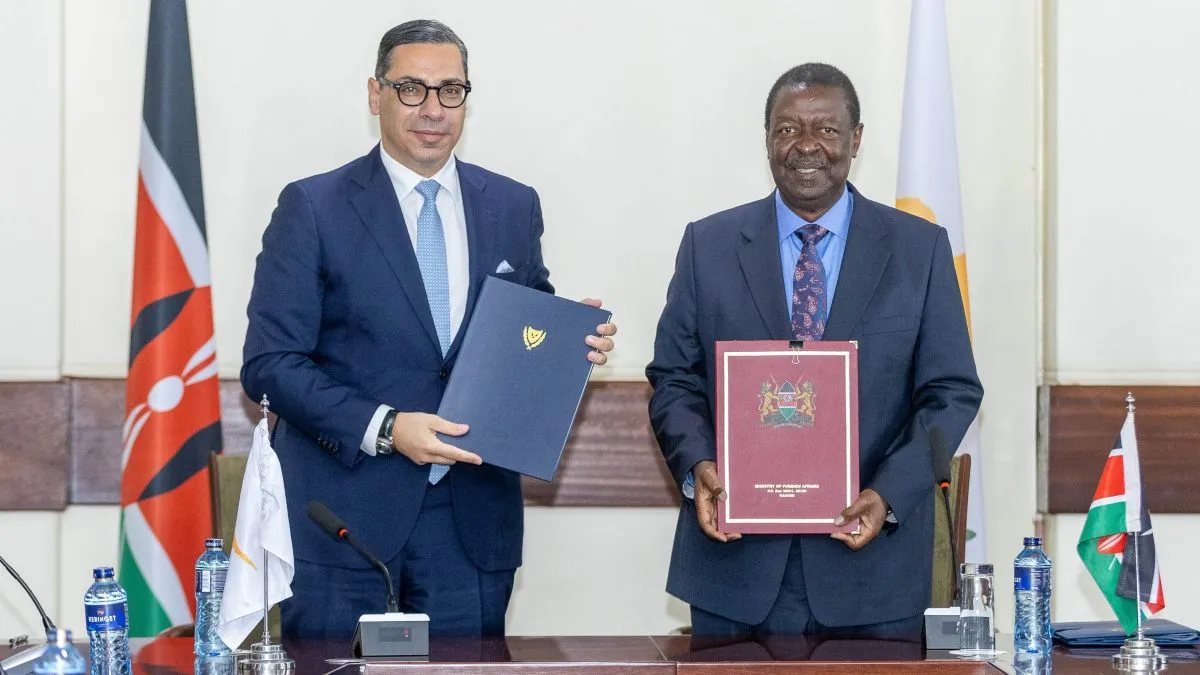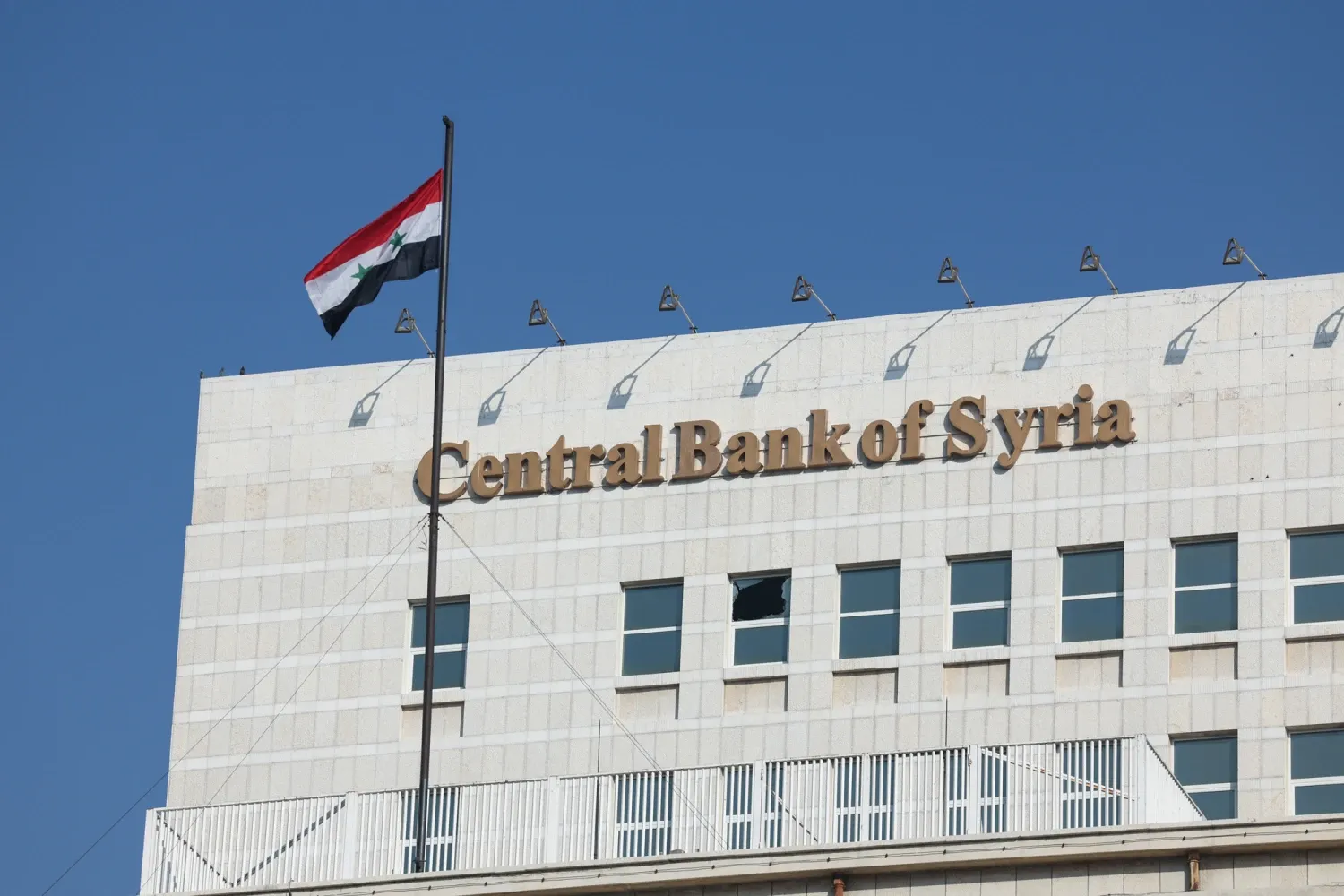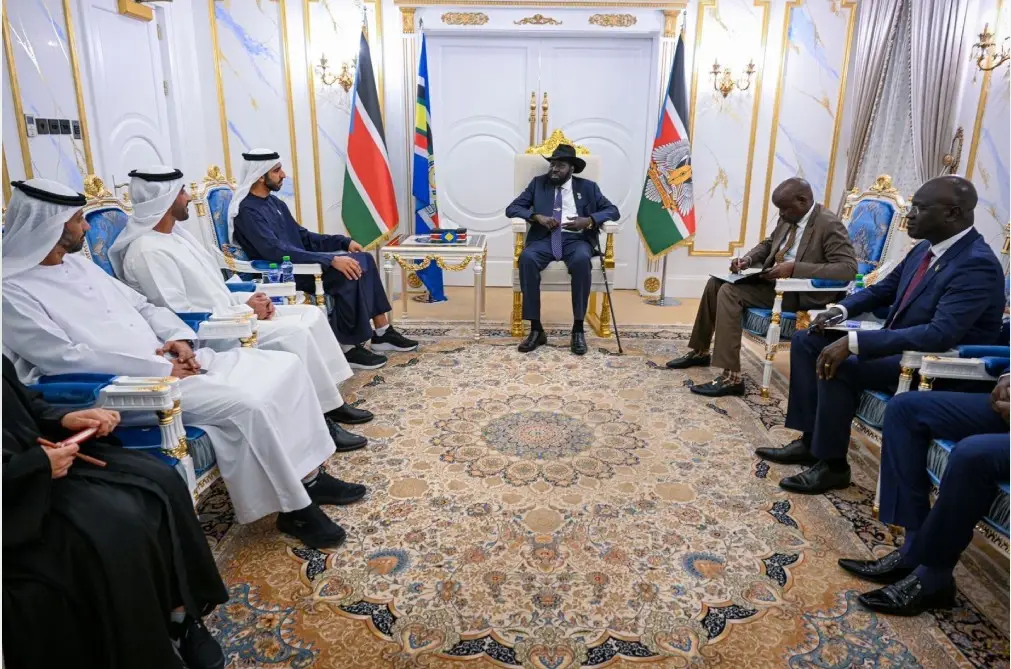Fitch Ratings has delivered a significant boost to Pakistan’s economic outlook by upgrading the country’s long-term foreign-currency issuer default rating from ‘CCC+’ to ‘B-’. This decision comes on the back of enhanced fiscal consolidation, a stabilising external position, and more robust macroeconomic policy management. The outlook remains stable, reflecting growing investor confidence in Pakistan’s commitment to reform and economic recovery amid persistent external and domestic challenges.
A Milestone Upgrade: What It Means for Pakistan
Fitch’s decision to upgrade Pakistan’s credit rating marks a critical milestone in the nation’s ongoing economic reform agenda. Over recent months, Pakistan has implemented a series of structural reforms designed to tighten budget controls and stabilise the external balance of payments. The improved rating is widely seen as recognition of these efforts, as well as of the country’s adherence to a comprehensive International Monetary Fund (IMF) programme. In March 2025, Pakistan agreed to review a $7 billion Extended Fund Facility (EFF) alongside a new $1.3 billion Resilience and Sustainability Facility (RSF), underlining its determination to secure the necessary financial backing to drive reform.
Fitch’s statement emphasizes that tighter economic policies are expected to continue supporting the recovery of international reserves and containing external funding needs. However, the rating agency also issues a note of caution regarding the high financing requirements and lingering implementation risks inherent in the reform process.
Senator Muhammad Aurangzeb, Pakistan’s Finance Minister, shared his optimism about the upgrade, stating that the development is a “strong vote of confidence in our economic reforms and policies.” He added that the upgrade will further strengthen the government’s economic agenda, boost investor confidence, and potentially lead to increased investments, trade, and employment opportunities across the country.
Key Drivers Behind the Rating Upgrade
Fiscal Consolidation and Budgetary Discipline:
One of the most significant factors contributing to the upgrade has been Pakistan’s improved fiscal performance. The government’s efforts to narrow the budget deficit have yielded notable results. For instance, the deficit is projected to decrease from nearly 7% of GDP in the previous fiscal year to around 6% in FY25. Furthermore, the government’s spending cuts and the generation of provincial surpluses have led to an expected primary surplus that will more than double, exceeding 2% of GDP. These steps indicate a serious commitment to fiscal discipline—a cornerstone for restoring market confidence.
Declining Debt Levels:
Fitch’s assessment also highlights the reduction in public debt. In FY24, Pakistan’s public debt declined to 67% of GDP from 75% recorded in the previous year. While the downward trend is encouraging, debt servicing remains a major challenge, with the forecast interest-to-revenue ratio for FY25 standing at 59%, significantly above the median for the ‘B-’ category. This high servicing burden remains a critical area for policy focus, emphasizing the need for continued fiscal prudence.
Stabilising External Sector and Improved Reserves:
Another pillar of the credit upgrade is the stabilisation of Pakistan’s external position. Over the first eight months of FY25, Pakistan recorded a current account surplus of $700 million—a marked turnaround attributed to rising remittances and lower import prices. Additionally, gross foreign exchange reserves have rebounded impressively, reaching nearly $18 billion in March 2025, up sharply from under $8 billion in early 2023. These developments are vital as they reduce reliance on external financing and enhance the country’s ability to meet debt obligations.
Monetary Policy and Inflation Control:
On the monetary front, the State Bank of Pakistan (SBP) has maintained its policy rate at 12%, following aggressive easing measures in the previous year. The monetary stance, aimed at cooling down runaway inflation, appears to be yielding positive results. Inflation is projected to ease significantly to about 5% in FY25, after remaining above 20% in recent years. Although a slight uptick to around 8% is expected in FY26, the overall trend suggests that inflation is under increasing control—a factor that further strengthens Pakistan’s economic credibility in the eyes of global investors.
Macroeconomic Policy Management:
Fitch’s upgrade reflects not only quantitative improvements but also qualitative shifts in macroeconomic policy management. The government’s clear communication on fiscal targets and its commitment to reforms under the IMF programme have contributed positively to market sentiment. This transparent approach is essential as it builds trust among global rating agencies, investors, and financial institutions, instilling confidence in Pakistan’s long-term economic strategies.
The Role of the IMF and External Support
Pakistan’s engagement with the IMF has played a crucial role in steering the country toward a more stable economic trajectory. The new arrangements under the Extended Fund Facility (EFF) and the Resilience and Sustainability Facility (RSF) are critical in providing the fiscal space required for further reforms. These programmes are designed to ensure that Pakistan not only manages its current external obligations but also builds a buffer against future economic shocks.
The IMF’s support is a two-way street: while it provides much-needed financial resources, it also imposes conditions that help tighten fiscal policy and encourage structural reforms. The successful implementation of these measures is instrumental for Pakistan to transition from a state of high debt and fiscal imbalance to one of more sustainable economic management.
Moreover, recent studies from various international financial institutions suggest that countries undergoing similar IMF-supported reforms often see their credit profiles improve over time. In Pakistan’s case, the improved rating by Fitch can be seen as an early signal of the benefits that are likely to accrue if the government can maintain its reform momentum.
Challenges and Risks: The Road Ahead
While the upgrade is a positive signal, several challenges remain on Pakistan’s economic horizon. One of the most pressing concerns is the high level of external debt maturities. Pakistan faces approximately $9 billion in debt maturities in FY26, following over $8 billion due in the current fiscal year. These substantial obligations underscore the vulnerability of Pakistan’s economic outlook if global market conditions were to deteriorate unexpectedly.
Financing Requirements and Debt Servicing:
The high interest-to-revenue ratio indicates that a significant portion of the government’s revenue is earmarked for debt servicing. This leaves limited fiscal space for other critical expenditures, including social and infrastructural investments. Continued reliance on debt, even at improved terms, may constrain the government’s ability to finance growth-enhancing projects without risking future fiscal instability.
Political and Institutional Fragility:
Beyond technical fiscal challenges, Pakistan’s political environment remains a key source of uncertainty. Prime Minister Shehbaz Sharif’s coalition, despite holding a parliamentary majority, faces pressures from a divided public and ongoing political frictions. Institutional fragility and security concerns—especially in regions bordering Afghanistan—add layers of geopolitical risk that could derail the momentum of economic reforms. Fitch’s analysis explicitly mentions these risks, indicating that while the macroeconomic indicators are on an upward trend, political risk remains a significant caveat.
Implementation Risks:
Every reform programme has its share of implementation risks, and Pakistan is no exception. While the government has set ambitious targets, the practical challenges of implementing policy reforms in a complex and often fragmented administrative landscape cannot be underestimated. Bureaucratic delays, corruption, and inefficiencies have historically impeded progress, and these issues must be addressed to ensure that the benefits of fiscal consolidation are fully realised over time.
Global Economic Environment:
Finally, Pakistan’s economic recovery is inherently tied to external factors, including global commodity prices, geopolitical tensions, and fluctuating investor sentiments. For instance, any sudden tightening in global liquidity or a rise in international interest rates could pose a renewed threat to Pakistan’s fragile external balance. Continuous vigilance and adaptive policy measures will be crucial to mitigate these external shocks.
Positive Economic Prospects: Beyond the Numbers
Despite the challenges, the upgraded credit rating brings with it a myriad of positive economic prospects. Market analysts suggest that the improved rating could unlock access to additional international funding under more favorable terms. This influx of capital could be instrumental in financing crucial infrastructure projects and catalysing private sector investment.
Increased Investor Confidence:
The upgrade is expected to create a virtuous cycle of increased investor confidence. With stronger fiscal metrics, potential investors—ranging from multinational corporations to local enterprises—will likely view Pakistan as a more stable and attractive destination for capital. Improved investor sentiment typically leads to a boost in foreign direct investment (FDI), which in turn supports job creation, industrial growth, and broader economic stability.
Economic Growth and Stability:
Fiscal consolidation and the stabilisation of the external sector are fundamental prerequisites for sustainable economic growth. With the fiscal deficit narrowing and public debt levels decreasing, there is greater scope for the government to invest in growth-enhancing initiatives. In the near term, economic growth is forecast to rebound modestly to around 3% in FY25, which, while not explosive, represents a significant improvement from the previous years. Such growth, if sustained, could create a more stable economic environment that fosters long-term development and prosperity.
Social and Developmental Gains:
Economic reform is not just about numbers; it also carries profound social implications. As the government demonstrates its commitment to fiscal discipline, it can also prioritise public investments in education, healthcare, and infrastructure. These investments are critical for improving the quality of life for millions of Pakistanis. In the long run, such reforms can lead to a more equitable distribution of income, increased social mobility, and a better standard of living.
Enhanced Access to Financial Resources:
Fitch’s upgrade may also bolster Pakistan’s credibility in international financial markets. With an improved credit rating, the government can secure lower borrowing costs, easing the fiscal burden and creating a more favourable environment for financial planning. This is a critical development, as lower interest rates could free up resources that can then be allocated towards much-needed public services and infrastructural development.
The Human Element: Confidence and Hope Amid Economic Reform
Behind the technical fiscal metrics and international credit ratings lie the real lives of millions of Pakistanis. The recent upgrade is not only a reflection of better economic numbers but also a symbol of renewed hope for a country that has long battled economic instability. For ordinary citizens, improved fiscal discipline means more reliable public services—fewer power outages, better healthcare, and more robust social safety nets.
Finance Minister Muhammad Aurangzeb’s remarks that the upgrade is a “strong vote of confidence in our economic reforms and policies” resonate deeply on a human level. Citizens who have endured years of inflation and economic hardship may view this development as the beginning of a more stable and prosperous future. As global rating agencies and international investors now have more confidence in Pakistan, there is hope that this renewed faith will eventually translate into tangible improvements in daily life.
Moreover, as Pakistan continues on its reform path, there is likely to be a greater emphasis on transparency and accountability in public financial management. This shift can foster a stronger social contract between the government and its people, where policy decisions are more closely aligned with the needs of the population. In turn, this can empower citizens, boost public morale, and encourage grassroots participation in the country’s ongoing transformation.
Regional and Global Implications
Pakistan’s economic journey is not isolated—it has significant repercussions for the broader South Asian region and emerging markets globally. As one of the world’s most dynamic economies, Pakistan serves as an important indicator of the effectiveness of IMF programmes and structural reforms in similar emerging markets. The upgrade by Fitch thus carries a dual message: it validates the rigorous reform process while also setting a benchmark for other countries facing similar challenges.
In the context of global investment, Pakistan’s improved rating could spark interest from multinational companies eager to tap into new markets with enhanced growth prospects. Increased cross-border trade and investment are likely outcomes, which can lead to stronger economic ties across the region. Additionally, as investors increasingly look towards emerging markets for higher returns, Pakistan’s improved credit rating may lead to a surge in portfolio inflows, further stabilising the country’s financial markets.
International financial institutions and rating agencies are closely monitoring Pakistan’s progress, with many experts suggesting that sustained improvement could eventually lead to even higher credit ratings. This, in turn, would lower the cost of borrowing and set the stage for more ambitious development projects—ranging from transportation infrastructure to digital connectivity initiatives that could transform the economic landscape.
Conclusion: A Step Forward on a Challenging but Promising Path
Fitch’s decision to upgrade Pakistan’s credit rating to ‘B-’ represents a crucial, positive development amid a complex economic environment. It highlights the success of Pakistan’s recent fiscal reforms—manifested in tighter budget controls, a narrowing fiscal deficit, reduced public debt, and a stabilising external sector. Additionally, improved inflation management and a proactive monetary policy signal a government committed to reversing years of economic instability.
However, significant challenges remain. High debt servicing costs, political uncertainties, and external debt maturities must be carefully managed to sustain the progress made thus far. The country’s policymakers must remain focused on continuing reform momentum, tackling implementation risks, and reinforcing fiscal discipline. Equally important is the need to manage the political landscape effectively, ensuring that economic policy gains the public trust and garners support across all sectors of society.
For the people of Pakistan, the upgrade is more than a numerical improvement—it is a harbinger of hope and a testimony to the possibility of a more prosperous future. As international investors and rating agencies gain greater confidence in Pakistan’s economic management, the positive effects are expected to ripple through the economy, spurring investments, enhancing public services, and uplifting communities.
Ultimately, while the road ahead is fraught with challenges, the current trajectory offers a promising glimpse of Pakistan’s potential to transform itself into a more stable, prosperous, and equitable economy. The journey towards sustained economic recovery is long, but with continued reforms, robust policy implementation, and concerted international support, Pakistan is poised to build a legacy of resilience and reform that could serve as a model for emerging markets worldwide.
As the reforms continue to unfold, the world watches keenly, hopeful that these positive trends will translate into lasting improvements that benefit not only Pakistan’s financial markets but also the lives of millions of people across the nation.
Ready to take your career to the next level? Join our dynamic courses: ACCA, HESI A2, ATI TEAS 7 , HESI EXIT , NCLEX – RN and NCLEX – PN, Financial Literacy!🌟 Dive into a world of opportunities and empower yourself for success. Explore more at Serrari Ed and start your exciting journey today! ✨
photo source: Google
By: Montel Kamau
Serrari Financial Analyst
16th April, 2025
Article, Financial and News Disclaimer
The Value of a Financial Advisor
While this article offers valuable insights, it is essential to recognize that personal finance can be highly complex and unique to each individual. A financial advisor provides professional expertise and personalized guidance to help you make well-informed decisions tailored to your specific circumstances and goals.
Beyond offering knowledge, a financial advisor serves as a trusted partner to help you stay disciplined, avoid common pitfalls, and remain focused on your long-term objectives. Their perspective and experience can complement your own efforts, enhancing your financial well-being and ensuring a more confident approach to managing your finances.
Disclaimer: This article is for informational purposes only and does not constitute financial advice. Readers are encouraged to consult a licensed financial advisor to obtain guidance specific to their financial situation.
Article and News Disclaimer
The information provided on www.serrarigroup.com is for general informational purposes only. While we strive to keep the information up to date and accurate, we make no representations or warranties of any kind, express or implied, about the completeness, accuracy, reliability, suitability, or availability with respect to the website or the information, products, services, or related graphics contained on the website for any purpose. Any reliance you place on such information is therefore strictly at your own risk.
www.serrarigroup.com is not responsible for any errors or omissions, or for the results obtained from the use of this information. All information on the website is provided on an as-is basis, with no guarantee of completeness, accuracy, timeliness, or of the results obtained from the use of this information, and without warranty of any kind, express or implied, including but not limited to warranties of performance, merchantability, and fitness for a particular purpose.
In no event will www.serrarigroup.com be liable to you or anyone else for any decision made or action taken in reliance on the information provided on the website or for any consequential, special, or similar damages, even if advised of the possibility of such damages.
The articles, news, and information presented on www.serrarigroup.com reflect the opinions of the respective authors and contributors and do not necessarily represent the views of the website or its management. Any views or opinions expressed are solely those of the individual authors and do not represent the website's views or opinions as a whole.
The content on www.serrarigroup.com may include links to external websites, which are provided for convenience and informational purposes only. We have no control over the nature, content, and availability of those sites. The inclusion of any links does not necessarily imply a recommendation or endorsement of the views expressed within them.
Every effort is made to keep the website up and running smoothly. However, www.serrarigroup.com takes no responsibility for, and will not be liable for, the website being temporarily unavailable due to technical issues beyond our control.
Please note that laws, regulations, and information can change rapidly, and we advise you to conduct further research and seek professional advice when necessary.
By using www.serrarigroup.com, you agree to this disclaimer and its terms. If you do not agree with this disclaimer, please do not use the website.
www.serrarigroup.com, reserves the right to update, modify, or remove any part of this disclaimer without prior notice. It is your responsibility to review this disclaimer periodically for changes.
Serrari Group 2025





